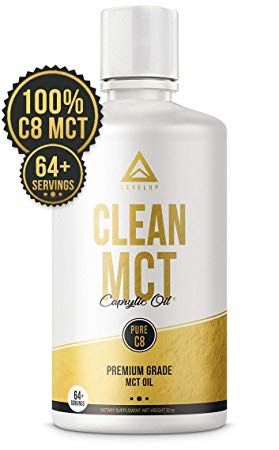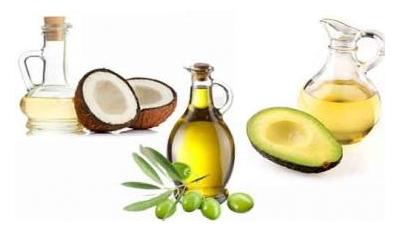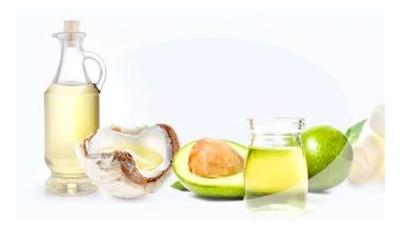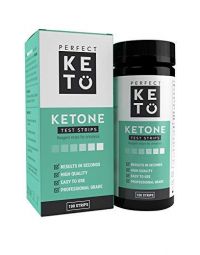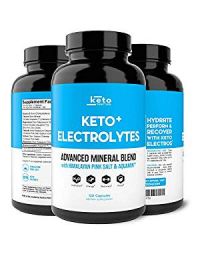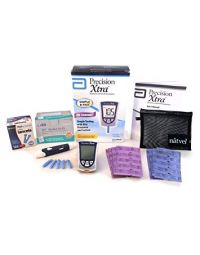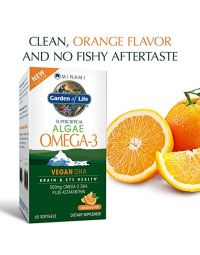Successful weight loss from a ketogenic diet requires sticking to a strict food regimen. Keto diet foods are high in fat while carbohydrates are kept to a minimum. Here are the food groups that are good to include when on a keto diet, and some examples of healthy food choices in each.

Nutritional Basics of the Ketogenic Diet
The ketogenic diet was originally developed by Johns Hopkin’s University to treat epilepsy in children. In its original form, the energy makeup of a ketogenic diet is kept to a calorie ratio of 70% fats and other lipids, 25% protein, and 5% carbohydrates. Keeping the carb content so low causes the body to enter a metabolic state called ketosis, where cells burn ketones (derived from fats) rather than glucose (derived from carbs) for energy.1
Now, the keto diet has been picked up by health-conscious people for weight loss purposes. If you choose to try it, you can keep track of your calorie ratio by checking the fat calories section of nutrition facts labels. Fat has 9 calories per gram, while carbs and protein both have 4 calories per gram.2 Alternatively, many dieters simply restrict their daily intake of carbohydrates to 20-50 grams.3
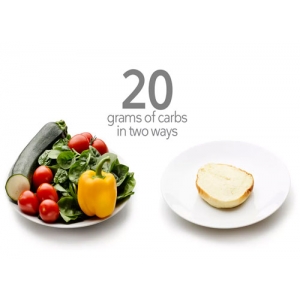

Healthy Oils
As oils are made virtually entirely of lipids, you can use them extensively for cooking and flavoring. Medium-chain triglyceride (MCT) oils are particularly beneficial for keto dieters because they are burned for energy faster than triglycerides with longer fatty acids, and are better at promoting ketosis.4 Coconut oil is the richest of the natural oils in MCT oil content.5
Healthy oils to use for cooking and eating include:
- MCT oil (purified)
- Coconut oil
- Avocado oil
- Olive oil

Meat
Meat is a staple of the ketogenic diet because it supplies a large amount of energy and nutrients without any carbohydrates. Avoid processed meats like hot dogs, lunch meats, and pre-made hamburger as these often contain unhealthy additives and fewer nutrients.6 Choose meats that are richer in fats and nutrients like:
- Dark poultry meat
- Unprocessed red meat
- Liver
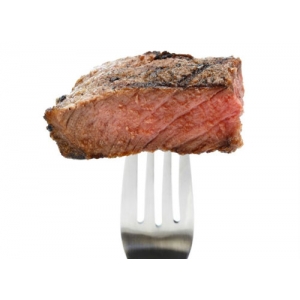

Seafood
Seafood is rich in nutrients and heart-healthy omega-3 fatty acids. Eating seafood can also be a good way to get a number of vitamins and minerals, like vitamin D, calcium, magnesium, and selenium which may be deficient in a keto diet.
If you are going to eat a lot of seafood, you may wish to check out Monterey Bay Aquarium’s Seafood Watch List to learn which types are safest from heavy metals and other toxins.
Healthy seafood choices include:
- Salmon (wild-caught)
- Oysters
- Clams
- Tilapia
- Mussels
- Crayfish
- Lobster
- Scallops
- Sardines
- Catfish
- Cod
- Tuna (pole-caught)

Nuts and Seeds
Nuts and seeds can also be a good source of vitamins and minerals that are otherwise deficient. Eating a handful of nuts can also help you stay satiated when you start craving carbs.7 Nutrient-dense nuts and seeds include:
- Walnuts
- Almonds
- Brazil nuts
- Cashews
- Flax seeds
- Chia seeds
- Hazelnuts
- Hemp seeds
- Pecans
- Sesame seeds
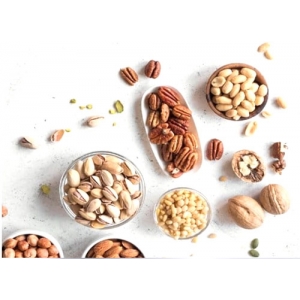

Vegetables
Vegetables are an important source of vitamins, minerals, and dietary fiber, but can be high in starch and other carbohydrates. Stick to vegetables that grow above-ground (i.e. avoid root vegetables). Green leafy vegetables are the best for the keto diet. Low-carb plant-based foods include:
- Spinach
- Lettuce
- Kale
- Celery
- Artichoke
- Cauliflower
- Cabbage
- Eggplant
- Olives
- Cucumber
- Zucchini
- Tomatoes
- Avocados
- Mushrooms


Drinks
Beverages without added sugars are fine on the keto diet. A popular breakfast drink is “bulletproof coffee,” which uses a spoonful of butter or oil to add flavor to unsweetened black coffee for an energy boost. Unsweetened beverages you may drink include:
- Flavored water
- Coffee
- Tea
- Red wine (one glass per day)

[1] LB Gano, M Patel, and JM Rho. 2014. "Ketogenic diets, mitochondria, and neurological diseases." J Lipid Res. 55(11):2211-28. http://www.jlr.org/content/55/11/2211.long
[2] M Hanson. 2014. "Balancing Carbs, Protein, and Fat." Kaiser Permanente. https://wa.kaiserpermanente.org/healthAndWellness?item=%2Fcommon%2FhealthAndWellness%2Fconditions%2Fdiabetes%2FfoodBalancing.html.
[3] F Brouns. 2018. "Overweight and diabetes prevention: is a low-carbohydrate-high-fat diet recommendable?" Eur J Nutr. 57(4):1301-1312. https://www.ncbi.nlm.nih.gov/pmc/articles/PMC5959976/
[4] C Beermann, J Jelinek, T Reinecker, A Hauenschild, G Boehm, and HU Klor. 2003. "Short term effects of dietary medium-chain fatty acids and n-3 long-chain polyunsaturated fatty acids on the fat metabolism of healthy volunteers." Lipids Health Dis. 210. https://lipidworld.biomedcentral.com/articles/10.1186/1476-511X-2-10
[5] R Kinsella, T Maher, and ME Clegg. 2017. "Coconut oil has less satiating properties than medium-chain triglyceride oil." Physiol Behav. 179422-426. https://www.sciencedirect.com/science/article/abs/pii/S0031938417302111?via%3Dihub
[6] MK Taylor, RH Swerdlow, JM Burns, and DK Sullivan. 2019. "An Experimental Ketogenic Diet for Alzheimer Disease Was Nutritionally Dense and Rich in Vegetables and Avocado." Current developments in nutrition. 3(4):nzz003-nzz003. https://www.ncbi.nlm.nih.gov/pmc/PMC6435445/
[7] 2017. "Why nutritionists are crazy about nuts."Harvard Women's Health Watch. Harvard Medical School. https://www.health.harvard.edu/nutrition/why-nutritionists-are-crazy-about-nuts.
-
Keto Electrolytes
By Dr. KarenDecember 20, 2021 -
Supplements for Ketogenic Diet
By Dr. KarenAugust 14, 2022 -
How to Know if You are in Ketosis
By Dr. AnnaDecember 20, 2021 -
Keto Diet for Beginners
By Dr. AnnaAugust 14, 2022 -
Coconut Oil vs Olive Oil vs Avocado Oil
By Dr. AnnaAugust 14, 2022 -
How Long Does it Take to Get Into Ketosis
By Dr. KarenDecember 21, 2021 -
Vegetarian Keto
By Dr. KarenAugust 14, 2022
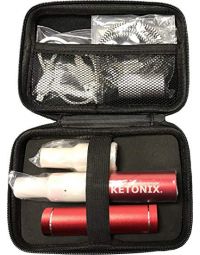
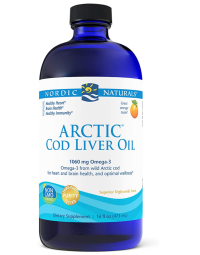
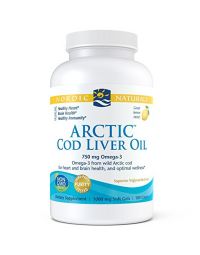
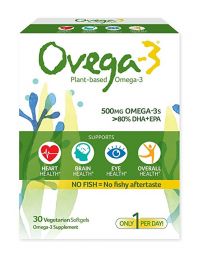
Search the blog
Article Categories
- All Articles (95)
- Rating Charts (1)
- Beauty & Skincare (17)
- FAQ (0)
- Hair Care (9)
- Health & Wellness (12)
- Anti-Aging (4)
- Kid's Health (0)
- Makeup (2)
- Men's Health (2)
- Oral Care (3)
- Sunscreen (7)
- Skin Tools & Treatments (10)
- Supplements (26)
- Videos (0)


